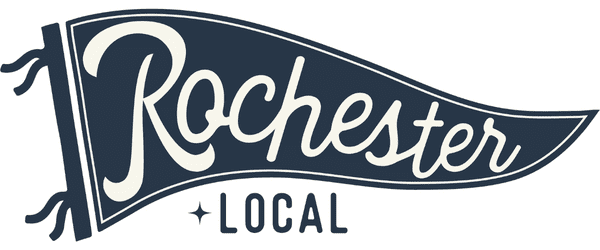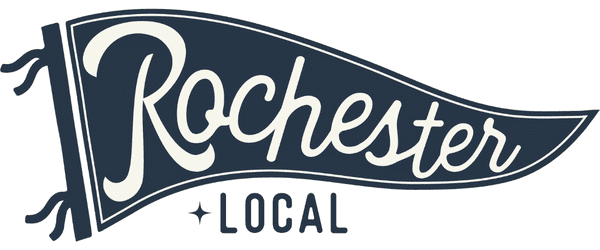
Breastfeeding didn’t come naturally for me, and learning to breastfeed took a lot of time, patience and determination. There were many tears (both mine and the baby’s), sleepless nights, and even Skype dates with my in-laws in India begging for advice on how to get the baby to latch (thanks, Maa!)
It was hard work, but with the support of my husband, family, friends and amazing physician (shout-out to Dr. Myszkowski and her team!), I was able to persevere and continued to nurse my son until he self-weaned at 14.5 months.
After my son was born, I took twelve weeks off work. A naive first-time mother, I imagined my maternity leave would be a restful vacation; filled with nothing but baby cuddles and lots of visits with my close friends/family. I even thought I’d have time to finally finish all those chores on my to-do list while my beautiful, new baby slept peacefully in his bassinet.
I never imagined I would spend the entire twelve weeks physically and emotionally exhausted, trying with all my might to simply feed my child.
Once I finally began to get comfortable with breastfeeding and learned what worked for us, my maternity leave was nearly completed. It was time to introduce the bottle.
Introducing the bottle to my son made me incredibly anxious. I worried that all the hard work I put in to breastfeeding would prove to be in vain and that he’d prefer the bottle instead of cuddling up to me. I was terrified to leave him for even a minute. But I had no choice. Work was only a month away…
I filled a bottle with pumped milk and left the house for the first time in two months. Not more than ten minutes later my phone rang. It was my husband, proudly telling me that our son downed his bottle and was fast asleep–no problem! Even though I was a little sad that he took so easily to the bottle, I was thankful. At least I wouldn’t have to worry about whether or not he’d eat while I was at work.
We tried three different types of bottles, and he’d take them all. He wasn’t picky. As long as he was being fed, he didn’t care how–until the day I left him at daycare.
My son didn’t respond well to his routine being changed. In protest, he decided to refuse the bottle and went on a hunger strike. He stopped taking the bottle completely, no matter who was offering it to him. And true to his strong-willed nature, the strike lasted nearly two (incredibly stressful) months!

During those two months we tried EVERYTHING to convince him to take the bottle. I felt completely helpless and even considered quitting my job. The guilt of leaving him was overwhelming and the anger in his cries was heart-breaking.
I googled suggestions; I made doctor appointments; I posted desperate pleas for advice about what to do when a baby refuses the bottle on social media–daily.
Thankfully our daycare provider was understanding and kind. Her patience and supportive attitude helped calm me and assure me that we could all survive this hunger strike, together.
We bought every bottle Babies ‘R Us and Target had to offer. Instead of a receiving blanket, I sent my son to daycare wrapped in a shirt I wore the previous night–hoping my scent would help soothe him. We tried different feeding positions. My husband even fed him in the bouncy seat, arms outstretched and head turned away (this sounds insane, but actually worked occasionally).
And the one bit of advice I hated to hear: “He’ll eventually give in and eat when he’s hungry enough” was the only thing that proved to be true. He needed time, and I had to learn to be patient.
Some things we learned about when a baby refuses the bottle:
- Have others offer the bottle often both at daycare and at home. Take a break (you deserve it!), and leave your child with someone you trust. Exposure to the bottle will help the baby become comfortable. The baby will begin to realize that daycare is not be the only place the bottle is offered, and you may not always be available to feed on demand.
- Offer smaller amounts of breast-milk at each feeding. Because breast-milk is basically “liquid gold,” I recommend only putting a half ounce to an ounce in the bottle at a time. If your supply isn’t fully established or you don’t respond well to the pump and struggle with output, seeing the milk wasted can be another source of stress. Minimize the waste when you can. You can always offer the baby more milk if they want it.
- Ask friends if you can borrow different bottles instead of purchasing new. Bottles are expensive and usually the hunger strike has nothing to do with the type of bottle, anyway. Our son finally took to the Playtex drop-in bottles with the breast-like nipple (I’ve heard this from a lot of moms with similar issues); but, honestly, I think it was just coincidence. After the strike was over, he went back to taking nearly any bottle offered to him.
Although I can go on and on about what we tried and the outcomes of those trials, I can’t offer solid advice about what absolutely works and what doesn’t. Every child is different, and their responses will also be different.
The only thing I’m certain of is that the hunger strike is beyond your control, and if your breastfed baby refuses the bottle, you are not alone. It will get better with time.
As long as your child is healthy, gaining weight appropriately, and having enough wet diapers, the hunger strike–no matter how long and exasperating–is an infant’s normal reaction to change. Surround yourself with supportive people, and do not be afraid to ask for help. Keep the lines of communication open, and be honest with your child’s caretaker. I found this to be extremely important and helpful.
Le Leche League is another local resource to consider. HERE is good information from Le Leche League regarding when a baby refuses the bottle.
If you feel you or your baby need additional help, please contact your healthcare provider. A visit with a lactation counselor or consultant may also be beneficial. I was able to set up weekly meetings with a lactation counselor through my primary care provider’s office. It didn’t really help convince my son to end his hunger strike, but it gave me the support I needed at the time.

